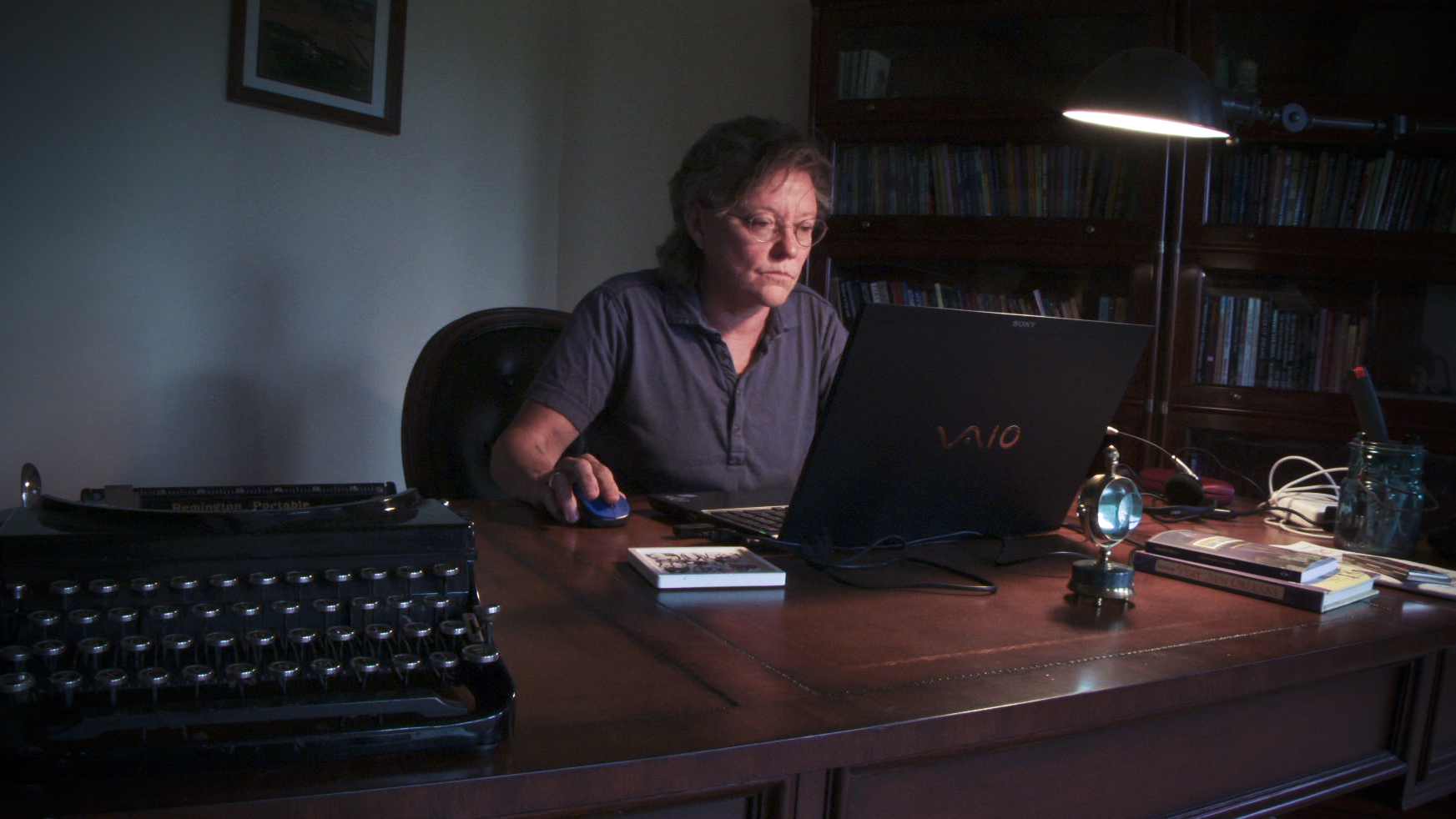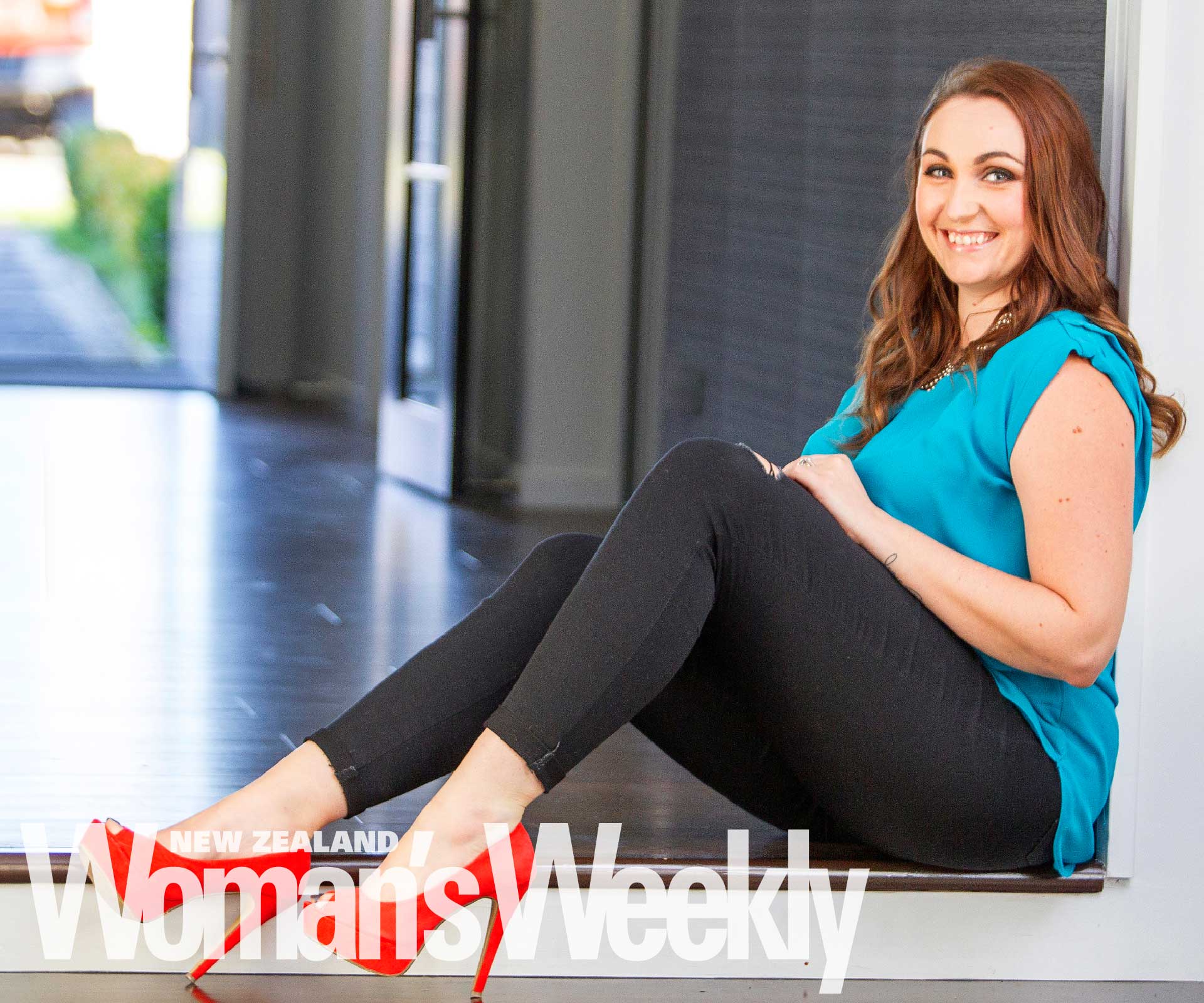Romance fiction enjoys a healthy following, and the Sky Arts documentary, Love Between The Covers, which premieres this Saturday 1 July at 8.30, takes a look into the lives and loves, trials and tribulations of the women writers behind this popular genre.
The authors featured include Len Barot (who goes by the pen name Radclyffe), Beverly Jenkins, Eloisa James, Susan Donovan and Celeste Bradley and Joanne Lockyer.
We spoke with Barot, a former surgeon who began her writing career by penning novels at night. As the author Radclyffe, Barot champions the lesbian and gay community and takes inspiration from the fact her fans tell her she has helped them put a name to their feelings and to feel less isolated.
There seems to be a theme throughout the documentary where real-life experiences have informed a lot of these works. How can romance reading/writing help us explore our own romantic tendencies?
I think reading/writing romances can help us explore all kinds of things about ourselves – because we can interject and/or experience all sorts of challenges and conflicts into the romantic journey, we can explore questions or issues about race, religion, family, sex, gender, identity – every aspect of human interaction.
Romances give us the freedom to experience feelings and beliefs we may not have an opportunity to live out in real life, but that are nonetheless integral to our inner selves.
Which one of your characters do you identify most with and why?
Probably Pearce Rifkin, the surgeon in Turn Back Time, since the physical locale is based on the hospital where I trained and the setting is that of residence training and just about every medical scene is based on my own experiences. I’m not nearly as heroic as most of my characters.
Can you explain from start to finish your writing process?
I am a linear writer – I start with chapter one and write through to the end. I do not outline, but I do begin with a few key elements in every book:
1) The names, occupations, and core conflict for each main character
2) The inciting incident that brings them together (and usually also unpins the conflict)
3) The setting
Then I write – introducing characters, establishing the conflicts and challenges at the first meeting, building their world, and developing their romance scene by scene. As I write I will decide on key upcoming scenes, so I have signposts along the way which hopefully keep me from wandering off in to the wilderness mid-book.
I am fortunate to have an editor who knows my process after 40 or so books, and she edits as I go, which allows me to revise as I go and have a second draft essentially done by the time I get to the end.
We’ve read that you use speech recognition software rather than typing?
Dictating my first draft is essential for me – this is the creative part of writing for me. When I dictate, I am completely immersed in the ‘story world’ and I often don’t know exactly what I’ve said until I transcribe the text and read it.
Once I have the transcription – the “heart” of the scene – I use the writing tools I’ve learned over the years to sharpen sentences, expand dialogue, add insight and all the other ‘writerly’ things we talk about doing.

Can you tell us about your fans?
Over the years I have received thousands of messages from readers all over the world who have shared countless stories that convince me on a daily basis that what we write has meaning and value.
I’ve had teens thank me for helping them put a name to their feelings or not to feel so isolated.
I’ve had long-term partners share stories of discovering new physical intimacies because of reading some of our romances.
Many of the messages just thank me for “writing about characters like me”, as LGBTQI (Lesbian, Gay, Bisexual, Transgender, Queer or Questioning and Intersex) people continue to be under-represented in mainstream media and in many parts of the world, including this country, remain invisible in their own communities.
You’ve had a successful career in medicine, and now a very successful career in publishing. Why was it important for you to do both and how did you fit it all in?
I only wrote sporadically during my residency and early years of establishing my surgical career, and then only for my own pleasure and sense of self-expression. I never thought about being published, and only a few close friends even read the first eight novels I wrote (all of which have since been published). I wanted to be a doctor from the time I was a pre-teen and that desire never changed.
When I began writing seriously (meaning regularly, being published, and eventually beginning BSB), I had been practicing medicine for almost 25 years. Medicine had changed in that time, and so had I.
Writing satisfied my creative needs, much as surgery had, and it allowed me to express thoughts and feelings that were important to me at the same time. When I realised I wanted to write and publish full-time, I retired from surgery – only so many hours in the day.
Love Between The Covers screens on Sky Arts at 8.30pm on July 1.


